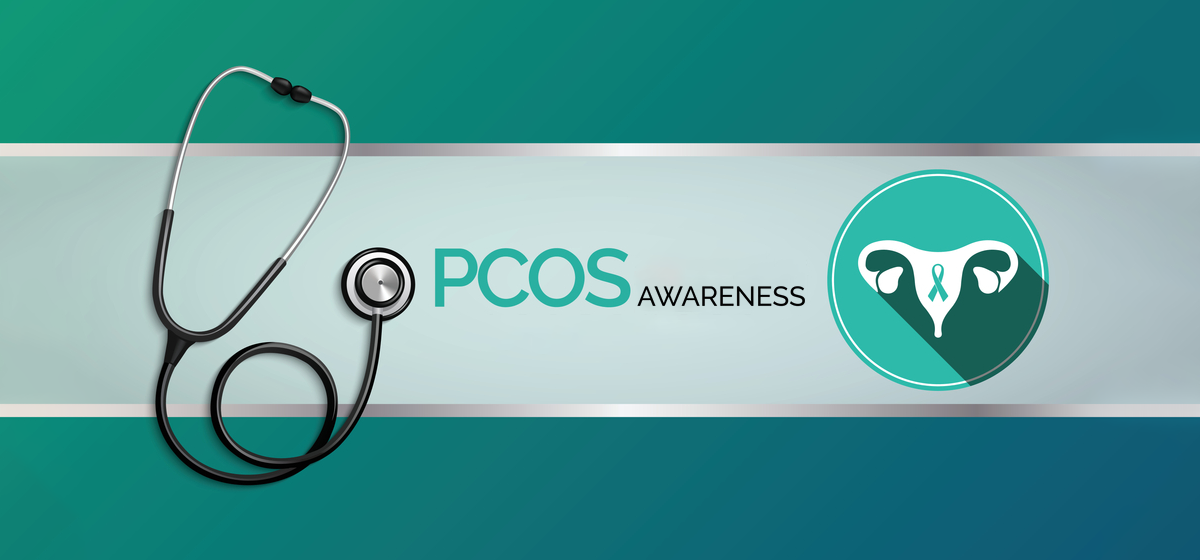Day to day, most of us go through the misery of cold and flu symptoms due to changes in weather. Though these conditions are most often not severe, they sure make you feel miserable for several days. Luckily, home management of common cold and flu Signs is most often all that is required to help you recover fast. So, let’s see some effective home remedies and tips to ease your discomfort and boost your speedy recovery.
1. Hydrate Hydration
Hydrate Hydration is one of the easiest and most effective measures to regulate General cold and flu symptoms: drink copious amounts of fluids, such as water, herbal teas, or clear broth to help keep your throat lubricated, loosen congestion, and flush impurities from the body. Drink less caffeinated or sugary drinks that dehydrate the body.
2. Rest adequately
You need more energy to fight off the invading virus when you are on your way to combating a cold or flu. Rest is essential in giving your immune system the strength it needs in order to battle off the infection. Make sure you get plenty of rest and avoid heavy activities. Give your body adequate time to recover.
3. Sipping Throat Clearer
General Colds and Flu Are Always Caused by a Sore Throat However, general colds and flu are always accompanied by a sore throat. Warm salt water gargling might calm down the discomfort, while warm liquids combined with honey and lemon tea can be used to provide relief in soothing the sore throat. You could also use throat lozenges or an herbal spray to soothe the discomfort temporarily.
4. Humidifier
Congestion is also an inconvenient symptom of the flu. Using a humidifier in your room can add moisture to the air, making breathing easier and relieving nasal congestion. Breathing in steam from a bowl of hot water may provide quick relief as mucus is loosened, and the sinuses are cleared.
5. Over-the-Counter Medications
There are many over-the-counter medications that can relieve General Cold and Flu symptoms. Pain relievers, such as acetaminophen or ibuprofen, help lower fever and relieve muscle aches. Decongestants and antihistamines help with alleviating congestion and a runny nose. Make sure to take the proper dosage and heed counsel from a healthcare provider if you’re ever unsure.
6. Take Care of Yourself with Nutrient-Rich Foods
Diet plays a crucial role in helping your body fight off the infection. Fine dining that is rich in vitamins and minerals helps pump up the immune system, which then rapidly helps to get you back to normal. Citrus fruits, garlic, and ginger, among others, serve this purpose. Vitamin C and zinc are especially useful in reducing the intensity of flu-like symptoms.
7. Stay Warm
Manage the cold and flu symptoms by keeping your body warm: Good tips for managing cold and flu symptoms include putting on layers, heating your home, and using blankets to keep your body warm. This can make you feel better and help alleviate your muscle aches that are symptoms of the flu.
8. Practice Good Hygiene
Prevent the spread of the common cold and flu to others by having proper hygiene. Frequently, wash your hands with soap and water, cover your mouth and nose when you sneeze or cough, and avoid people around you. These simple steps contribute to minimizing germ transmission while keeping your environment clean.
9. Use Natural Remedies
Natural remedies like herbal teas, eucalyptus oil, and honey have been in usage since forever to help regulate common cold and flu signs. A hot cup of ginger tea with honey and lemon calms an irritated throat and can make the cough less frequent and raspy. Adding a few drops of eucalyptus oil to steam inhalation can help keep the airways open.
10. Know When to See a Doctor
Most cases in which a cold and flu are involved can be treated in the home setting, but sometimes the indication may be serious enough to require medical care. For instance, if the symptoms persist after ten days or seem worse than usual, accompanied by high fever, breathing problems, or even chest pain, it becomes necessary to visit a doctor within no time.
Conclusion
Self-administered Treatment of cold and flu symptoms from home is often the best and most practical way to get well. By being consulted with a few remedies and proper care, your symptoms can be reduced,d and, most importantly, your body will recover naturally. Be hydrated, rest well, and take heed of your body’s requests. If your signs do not improve or worsen, go and seek medical advice.
Thus, by remaining proactive and using all these home remedies, you can effectively tackle the common cold and flu Signs. You shall be up and about in no time at all!





